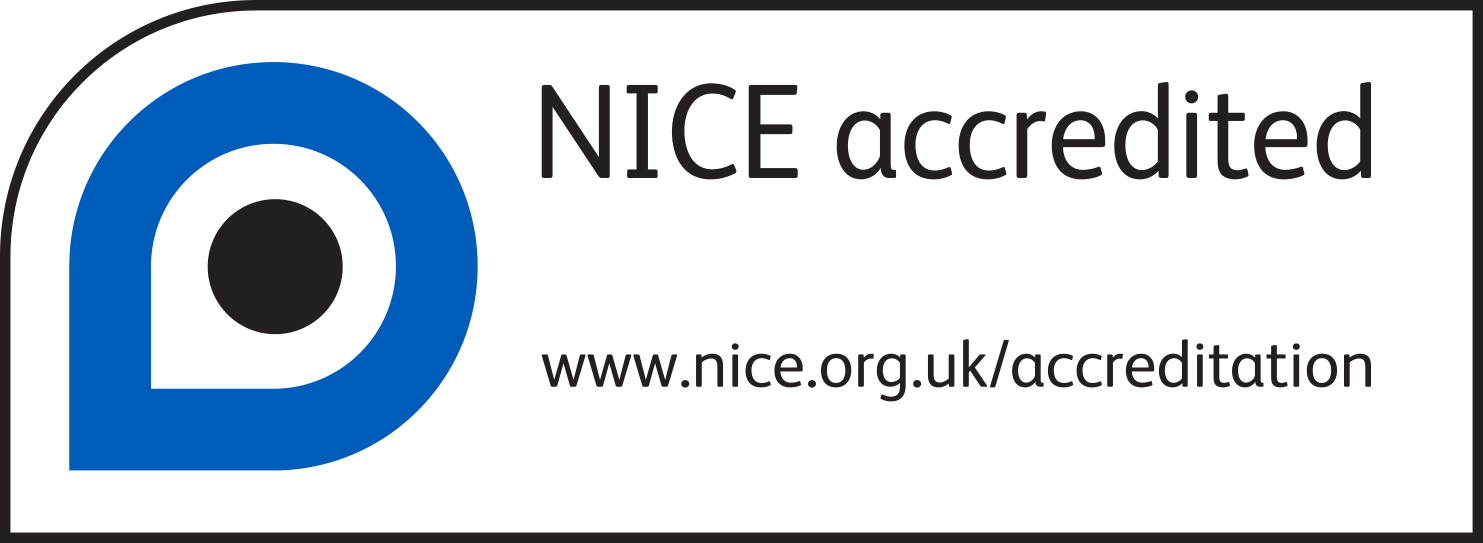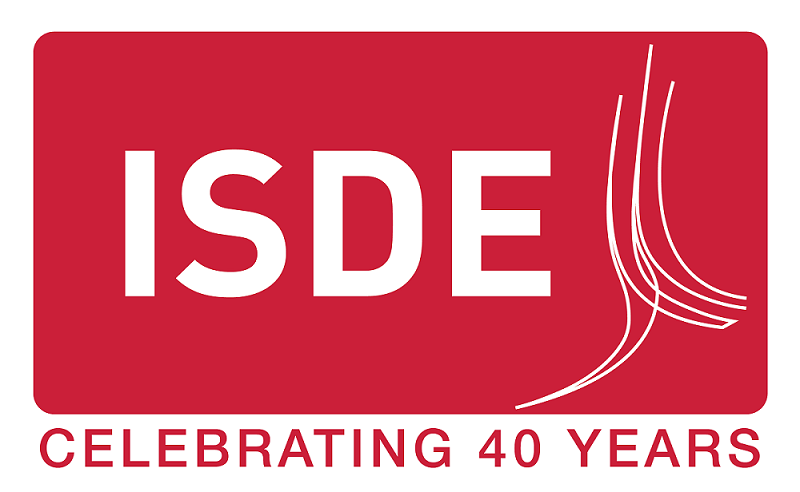INTERNATIONAL CONSENSUS OF THE MANAGEMENT OF BENIGN BARRETT’S
- Home
- BoB Cat
Benign Barrett's and Cancer Taskforce 'BOB CAT' Consensus Group
BOB CAT is an inclusive international systematic evidence base group which aims to use workshops and iterative web based voting rounds to identify factors which can be used to stratify risk in benign Barrett’s esophagus.

Statements are formulated in a clear PICO format (Population, Intervention, Comparator group and Outcome) so that a GRADE quality assessment of the evidence can be performed.
The group includes representatives of all major international professional and patient organizations.
Endorsed and Funded to date by:
Endorsement only
All organizations were asked to contribute $5000 US to the project. All contributing organizations will be acknowledged in the final document and all aspects of the project will be open to scrutiny and ownership. In the case of one organization making a larger donation this will lead to this organization being given greater recognition in the final iteration of the outcomes. Organizations may still endorse and contribute to funding, please contact the convener, Prof Janusz Jankowski. Overview Of The Clinical Need
The dogma suggests that Barrett’s related adenocarcinoma develops from chronic esophagitis, through benign Barrett’s, then stage of dysplasia and ultimately invasive cancer. However the precise relationship between GERD, BE and subsequent cancer is unclear. Most patients are diagnosed with BE because they had heartburn and were referred to a specialist. Many patients in surveillance programs are not fully aware of the risk /benefits of surveillance. Estimates from epidemiological studies suggest that Barrett’s esophagus progresses to cancer in 1-5% of cases. In the remaining 95% there is no cancer risk however these patients are subjected to unnecessary endoscopy and anxiety. The incidence of esophageal adenocarcinoma in the UK is one of the highest in the world, such that it is more common than gastric cancer, in areas where BE is uncommon it is unclear if clinical management guidelines should be adopted. Current Evidence Of BE Management
Evidence suggests that establishing a valid disease register specific for Barrett’s esophagus with dedicated endoscopists performing surveillance according to strict protocols results in an better adherence to the planned surveillance interval (increased from 17% to 92%) and improvement in the collection of sufficient biopsies (increased from 45% to 83%). Long term follow-up for high risk BE with appropriate endoscopic imaging should be delivered by tertiary level super specialist centers. High dose PPIs and anti-reflux surgery for underlying symptoms of GERD may be helpful, but awaiting outcomes of trials to determine if there is any reduction in cancer. Current surveillance of BE is not supported by robust evidence based data and much clinical practice falls below best recommendations. Audit has shown that many patients under surveillance have significant co-morbidities which either cause death or prevent curative surgical intervention. Upper GI endoscopy and biopsy remain the gold standard for diagnosis.
There is a need to stratify BE patients into three categories a. No or Low Risk (Green) b. Medium Risk (Yellow) and c. High Risk (Red). While at this stage individualized risk has never been tested prospectively there is enough data to discriminate important epidemiological factors, pathological factors including co-morbidities and principal biomarkers of progression.
In general terms we would hope to indicate broad lifetime risks of progression to adenocarcinoma <1% (No or Low Risk ~ 65% of patients), 1-10% (Medium Risk ~ 30% of patients) and >10% (High Risk ~ 5% of patients).
The purpose of this consensus panel is to combine the best group risk factors from epidemiology, biology and inherited genetics to inform clinical practice.
In addition, there are several new diagnostic and therapeutic technologies that are being used to deal with this condition with an insubstantial evidence base. Management of Barrett’s also has great national and international variance in management. The RAND Corporation developed the Delphi consensus method and then modified it further. This process has been used successfully in several gastrointestinal consensus statements. In this regard following on from the success of BAD CAT for high grade dysplasia in Barrett’s metaplasia (Gastroenterology 2012) we would like to address the more challenging question of progression in benign Barrett’s metaplasia. In particular we would like to identify clinico-pathological, biological and genetic factors which could be used for stratification of the management of benign Barrett’s.
Search Strategies And Selection Of Studies And Formulation Of PICO QuestionsWe will produce an informal set of questions, then refine this to define PICO (Population of study, Intervention, Comparator, Outcome) statements for individual topics (see table below, with example of how this could have been done for BAD CAT). The PICO format will help to determine if some questions should be lumped in to larger topics or split in to smaller ones (e.g. it would be possible to lump together all PPIs as a class without the need to separate out on a per drug basis).
We will define outcomes in terms of importance and separate those that are final health outcomes from surrogate (intermediary) outcomes, and how strongly those surrogate outcomes are connected to final patient-important outcomes.
In regards to non-intervention questions (epidemiology and pathology especially): those are usually related to prevalence (or baseline risk), which is important when calculating absolute risk differences (or NNTs) of recommended interventions. Questions of prognosis are similarly connected as they define populations that would be at higher (or lower) risk. Therefore at times we may end up with different recommendations based upon a higher or lower baseline risk.
For pathology we will define parameters, (such as ‘are more biopsies better than fewer?’), and clearly specify if we are looking at the question from the point of accuracy of diagnosis as the outcome, or outcomes such as survival relating to more aggressive management as a result of changed practice.
We could instead prioritize questions and produce a small number of statements with pooled estimates (for the most important and controversial topics). There may already be systematic reviews such as Cochrane reviews which have already addressed these issues that we could incorporate. A voting round could be used to narrow down the most important topics.
We could produce narrative discussions of the evidence for the other topics.
To enquire about BOB CAT please contact the co-ordinator Dr Cathy Bennett c.bennett@qmul.ac.uk or the convenor Prof Janusz Jankowski janusz.jankowski@nice.org.uk.
NICE has accredited the process used by BAD CAT to produce guidelines. Accreditation is valid for 5 years from 2 October 2012 and is applicable to guidance produced using the processes described in the guideline main publication http://www.gastrojournal.org/article/S0016-5085(12)00614-2/fulltext BAD CAT consensus statement Gastroenterology journal
BOB CAT: A Large-Scale Review and Delphi Consensus for Management of Barrett's Esophagus With No Dysplasia, Indefinite for, or Low-Grade Dysplasia
|
.png)



